 LOS ANGELES, California-A small NASA spacecraft embarks on a two-year mission this weekend to give scientists their first view of the happenings at the edge of the solar system.The Ibex probe, short for Interstellar Boundary Explorer, will study a chaotic region in space where the solar wind from the sun clashes with cold gases from interstellar space.The solar wind, a stream of charged particles spewing from the sun at 1 million miles(1.6 million kilometers) per hour, carves out a protective bubble around the solar system. This bubble known as the heliosphere shields against most dangerous cosmic radiation that would otherwise interfere with human spaceflight. Scientists recently discovered that the solar wind pressure is at its weakest level in 50 years, although the exact reason remains a mystery. Ibex could help confirm whether the heliosphere is shrinking.Observations from Ibex should help researchers in "unlocking the secrets of this important interaction between the sun and the galaxy," said David McComas of the Southwest Research Institute in San Antonio. He is chief scientist for the $165 million mission.Ibex, the size of a bus tire, will be launched aboard a Pegasus rocket that will be dropped from an aircraft over a Pacific atoll on Sunday.The rocket will lift Ibex 130 miles (209 kilometers) above Earth and put it into orbit. The spacecraft will then fire its solid rocket motor to loft itself even higher, eventually to 200,000 miles (321,853 kilometers) above Earth.Ibex will build on the discoveries of the long-running twin Voyager spacecraft launched in 1977 to explore the outer planets. The deep-space, manmade probes have since sailed past the outer planets and are headed out of the solar system.Unlike the Voyager craft, Ibex will not barrel through space, but instead will do its job from high-Earth orbit. The probe carries two sensors that will collect information about the solar wind's mass and energy from all directions.
LOS ANGELES, California-A small NASA spacecraft embarks on a two-year mission this weekend to give scientists their first view of the happenings at the edge of the solar system.The Ibex probe, short for Interstellar Boundary Explorer, will study a chaotic region in space where the solar wind from the sun clashes with cold gases from interstellar space.The solar wind, a stream of charged particles spewing from the sun at 1 million miles(1.6 million kilometers) per hour, carves out a protective bubble around the solar system. This bubble known as the heliosphere shields against most dangerous cosmic radiation that would otherwise interfere with human spaceflight. Scientists recently discovered that the solar wind pressure is at its weakest level in 50 years, although the exact reason remains a mystery. Ibex could help confirm whether the heliosphere is shrinking.Observations from Ibex should help researchers in "unlocking the secrets of this important interaction between the sun and the galaxy," said David McComas of the Southwest Research Institute in San Antonio. He is chief scientist for the $165 million mission.Ibex, the size of a bus tire, will be launched aboard a Pegasus rocket that will be dropped from an aircraft over a Pacific atoll on Sunday.The rocket will lift Ibex 130 miles (209 kilometers) above Earth and put it into orbit. The spacecraft will then fire its solid rocket motor to loft itself even higher, eventually to 200,000 miles (321,853 kilometers) above Earth.Ibex will build on the discoveries of the long-running twin Voyager spacecraft launched in 1977 to explore the outer planets. The deep-space, manmade probes have since sailed past the outer planets and are headed out of the solar system.Unlike the Voyager craft, Ibex will not barrel through space, but instead will do its job from high-Earth orbit. The probe carries two sensors that will collect information about the solar wind's mass and energy from all directions.http://www.cnn.com/2008/TECH/space/10/17/solar.mission.ap/index.html
As in the days of Noah...



















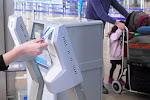


















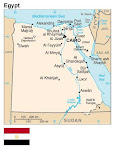
























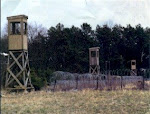









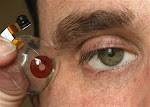












.bmp)








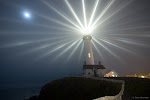

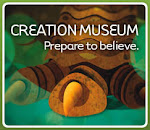














.bmp)